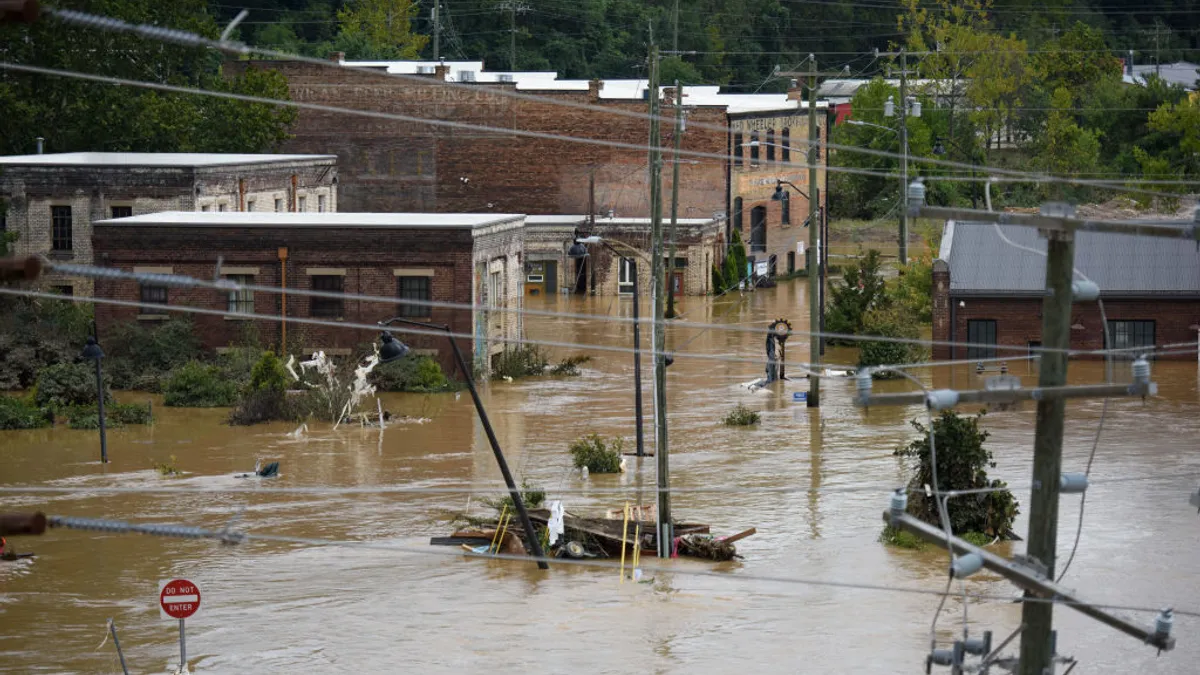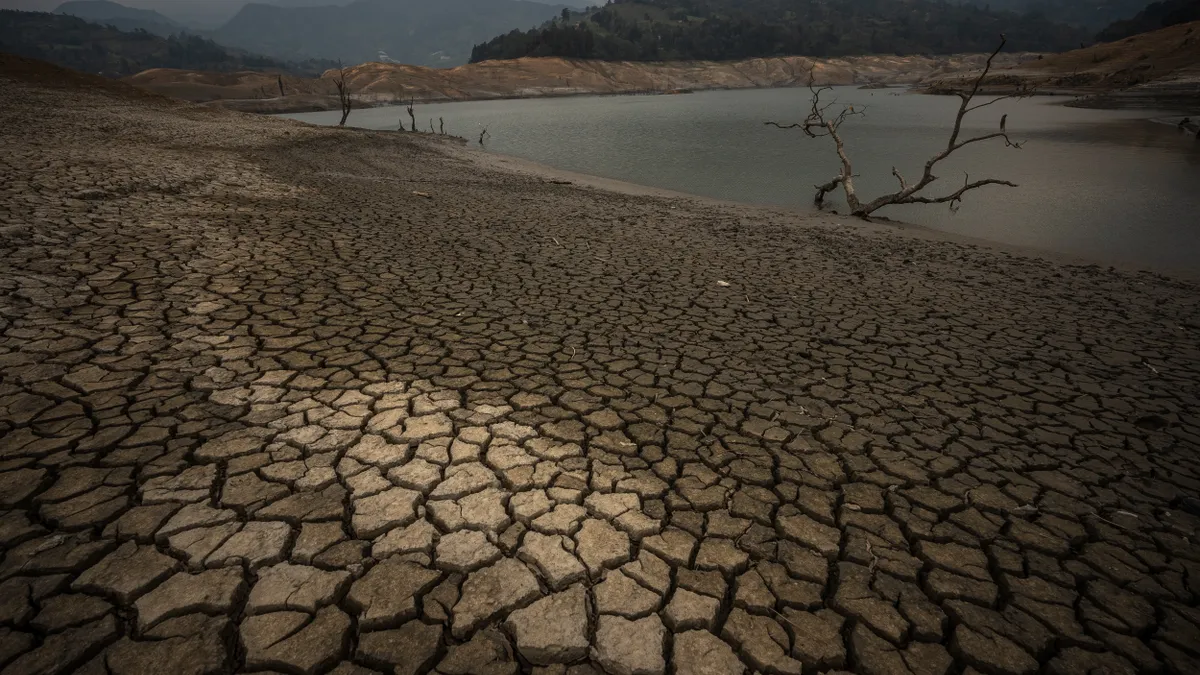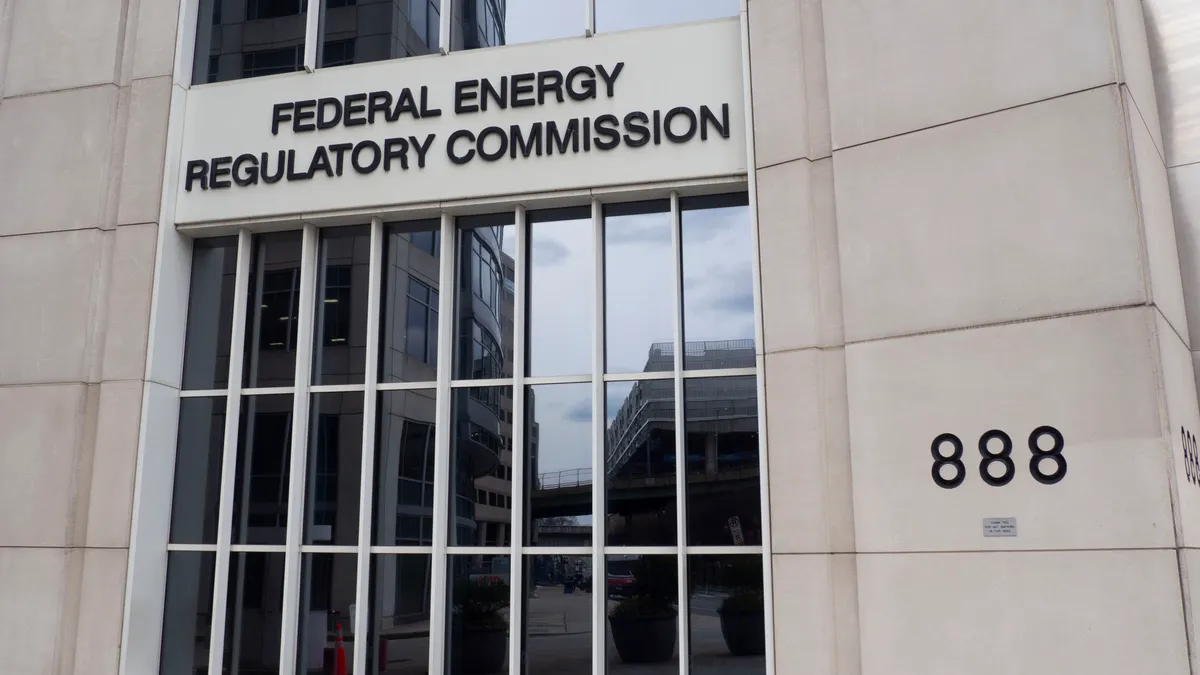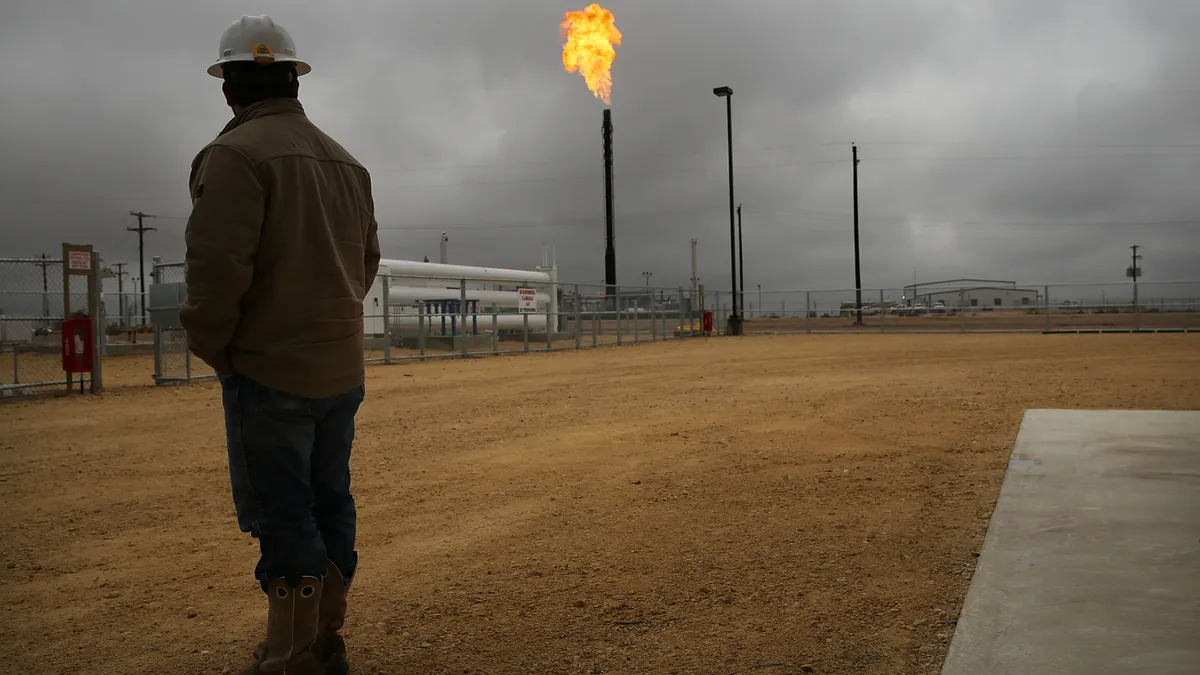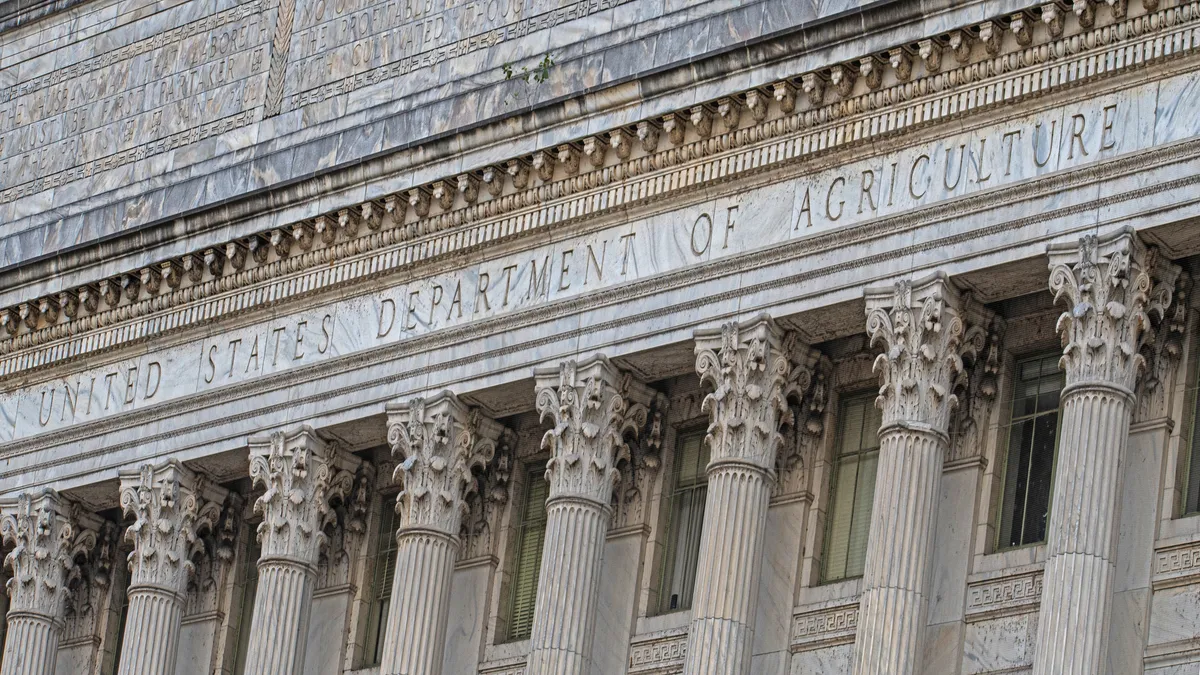Marc DeCourcey is a senior vice president at the nonprofit U.S. Chamber of Commerce Foundation, and Vivian Greentree is a senior vice president and the head of global corporate citizenship for payments and financial services technology company Fiserv.
When a hurricane hits the United States, the media frequently focuses on the “Waffle House Index.” It’s an unconventional measure of a storm’s severity. Waffle House is known for its ability to recover quickly from disasters, and the index tracks which of the chain’s 2,015 stores are open, closed or serving a limited menu.
The index started as a tongue-in-cheek joke by former Federal Emergency Management Agency Administrator Craig Fugate, but its existence speaks to a larger issue. Policymakers and disaster recovery teams at the local, state and federal levels have few reliable ways of gauging the pace of economic recovery for a local community in the wake of a major disaster, be it a wildfire, tornado or hurricane.
FEMA’s intermittent attempts to build such a tool have been frustrated by difficult-to-manage data sharing agreements, the cost of acquiring the data or the trust involved in building a public-private partnership.
In the absence of low-latency data that is both granular and reliable, policymakers and decision-makers have instead turned to imprecise measures like the Waffle House Index, anecdotal data or occasionally broad-brush comments from insurers about the total dollar cost of property damage. While such stopgap data measures can be helpful, they lack the detail needed to positively impact communities.
Better insights are needed to support businesses and communities in their time of need.
The benefits of timely, granular economic data
Sadly, 25% of businesses do not reopen after a natural disaster, according to a 2018 FEMA study. The loss of time, treasure and talent is often too much for these businesses to overcome.
But a natural disaster’s impact on commerce can vary according to geography and sector.
Take, for example, the aftermath of Hurricane Helene last year. It made landfall near the Big Bend region of Florida, then carved a destructive path through parts of Georgia, North Carolina, South Carolina, Tennessee and Virginia.
In the immediate days after the storm made landfall, business in Asheville, North Carolina, had declined by 74% from baseline figures and remained 28% off of its baseline three weeks later, according to the Fiserv Small Business Index, which measures impacts to consumer spending across small businesses supported by Fiserv payments technology.
However, some sectors within that region had not recovered to that same level. The food and beverage industry saw revenues decline by nearly half of what operators would expect, with long-tail impacts lingering into 2025 as local infrastructure continues to be rebuilt, according to that same index. Many businesses in Asheville have not reopened.
Augusta, Georgia, in contrast, saw initial business declines that exceeded those of Asheville, with overall business volume down by nearly 90% during Hurricane Helene’s landfall period. Most sectors recovered quickly in Augusta, with the region back to 98% of pre-storm levels three weeks after the hurricane, according to the Fiserv Small Business Index.
Meanwhile, on the West Coast, Los Angeles has spent much of 2025 grappling with the wildfires that have destroyed homes and uprooted families. As you can imagine, businesses close to such a disaster are crippled too, either due to direct damage or the indirect impact of their loyal customers leaving town.
The Palisades wildfire decreased local business by 43%, resulting in a near 90% drop in small business sales in January; the Hurst wildfire, just miles away, has caused a 15% decrease in sales, according to the Fiserv Small Business Index.
Granular, real-time data is valuable before, during and after these natural disasters. The government has access to highly detailed weather data. How valuable would it be to also have details about the local economies impacted most?
Data also plays a key role in accelerating recovery by helping small businesses keep their doors open, enabling the right kind of aid to get to the right places in the right order.
Such data could allow government agencies to devote resources or personnel to the regions and sectors that need it most and tailor loan packages to meet the needs of specific industries. In the long term, the data might inform infrastructure planning to make communities more resilient.
Going forward, the U.S. Chamber of Commerce Foundation will use insights on commercial activity and economic impact leading up to, during and after these natural disasters — like those in the Fiserv Small Business Index — to educate decision makers and help guide targeted disaster response investments, similar to the chamber’s Small Business Hurricane Recovery grant program.
The key to recovery: Data, dollars and community
Weather-related natural disasters will always be an issue and predicting which community will be impacted next is extremely difficult. The investments made in climate resilience and disaster recovery must address the needs of small businesses.
Every dollar invested in resilience yields $13 in savings after a disaster: $6 in reduced damages and $7 in preserved jobs, income and economic output, according to a recent U.S. Chamber Foundation economic study. The U.S. Chamber Foundation’s Readiness for Resiliency program — supported by Fiserv — educates small business owners on how to prepare for disasters and offers a grant if a storm hits their area.
If you subscribe to the notion that a community is never fully on the road to recovery until commerce resumes, then being able to quantify the impact on small businesses is crucial. But those investments must be backed by reliable data. Decision-makers at all levels of government have an unprecedented array of private sector data at their fingertips, and they should take advantage of it.
When small businesses thrive after a disaster, they anchor the recovery of entire neighborhoods and create a ripple effect that stabilizes families, schools and other community institutions. As weather-related disasters grow in frequency and intensity, now is the time to build tools to help our communities recover faster and stronger. Communities and livelihoods depend on it.


